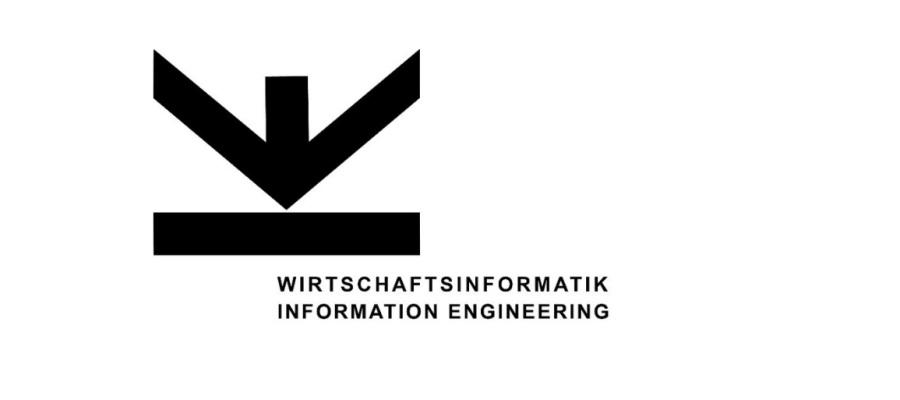How to achieve a successful planning process in companies and organizations.
Almost every company is constantly reviewing its strategy. This results in a shared vision and measures are defined to support and promote the company's future prospects. However, successful implementation is usually just theory ... the reality is often different.
Strategy vs. planning
The corporate strategy explains the common goals, but so often the implementation plan misses the mark. In other words, the defined measures and requirements will consequently have little or no impact on current planning in the future planning cycle. All too often, bottom-up planning is carried out in the hope that the budget drawn up will harmonize to some extent with the strategy.
In our view, an integrated digital planning process should at best include the following factors:
- Integration of the strategy into the ongoing planning and forecasting process and constant feedback
- Top-down / bottom-up and counterflow methods
- Automatic creation of financial planning (cash flow, balance sheet and P&L) from detailed operational planning
- Automatic integration of all relevant data from the various upstream systems
Fast and target-oriented planning
Detailed planning can only be targeted where the information is available and the decision-making and control options are located. In other words, it makes sense for those responsible for the organizational units to be given a rough outline of a framework on the basis of a top-down specification, the subsequent planning of which they then flesh out. All existing and already fixed framework parameters should flow in automatically from the corresponding systems and not be "plannable".
Based on these technical premises, a process is installed that makes it possible to guarantee fast planning cycles. This proven approach makes it possible to react quickly to new findings. The participants also gain more time to deal with the results in more detail or for further development of scenarios. As a result, those responsible are able to plan in a more timely and short-term manner, with the further advantage that undesirable developments and deviations can be recognized in good time and thus responded to promptly.
Dynamics of the integrated planning process
Embedding this planning process in the company organization and other processes is of crucial importance. Planning and the corresponding periodic analysis meetings based on this can utilize or completely nullify this agility advantage. By making the figures and information clear to everyone involved in advance, meetings can be approached in a solution-oriented and appropriate manner. Otherwise, a lot of time is wasted on communicating facts and creating scenarios, which in the worst-case scenario can result in a decisive competitive disadvantage.
Current planning is the sum of all decisions that have been made at this point in time. In a rapidly changing world, it must be possible to make decisions quickly or revise existing decisions. An agile planning process activates and supports this process.




































